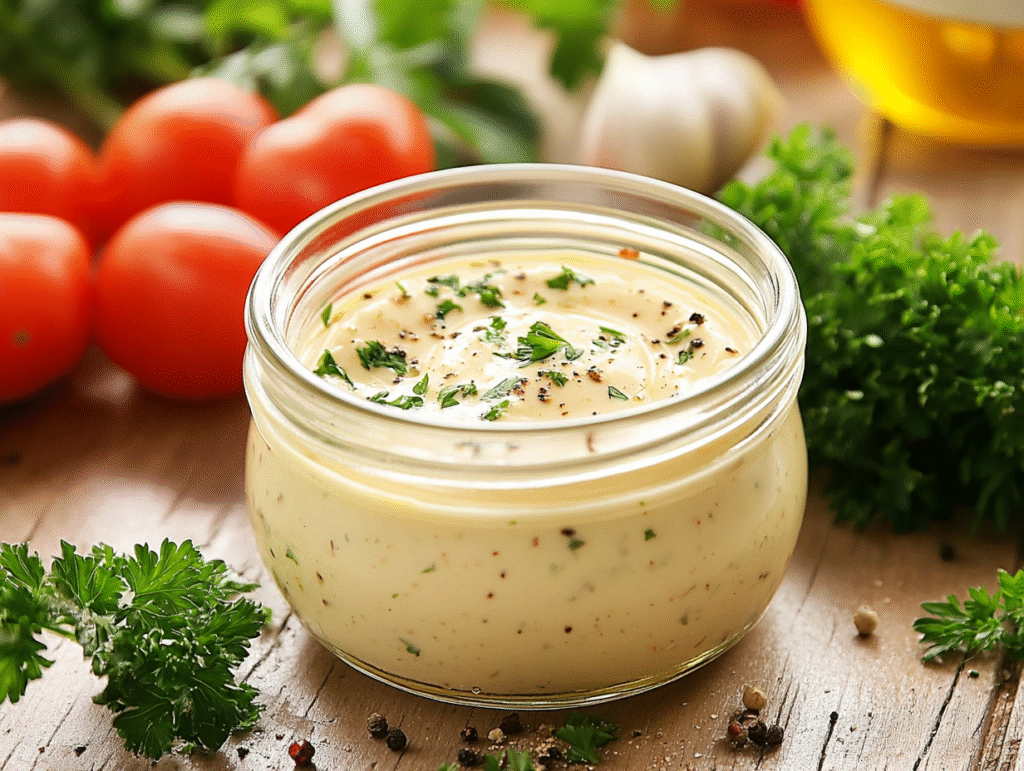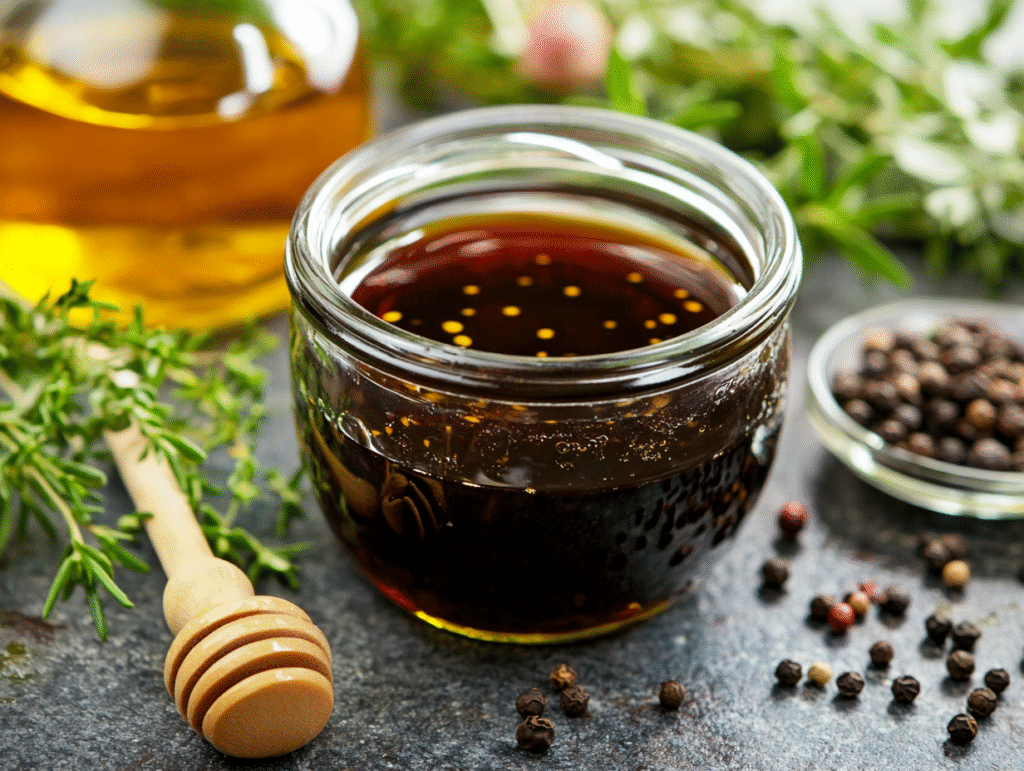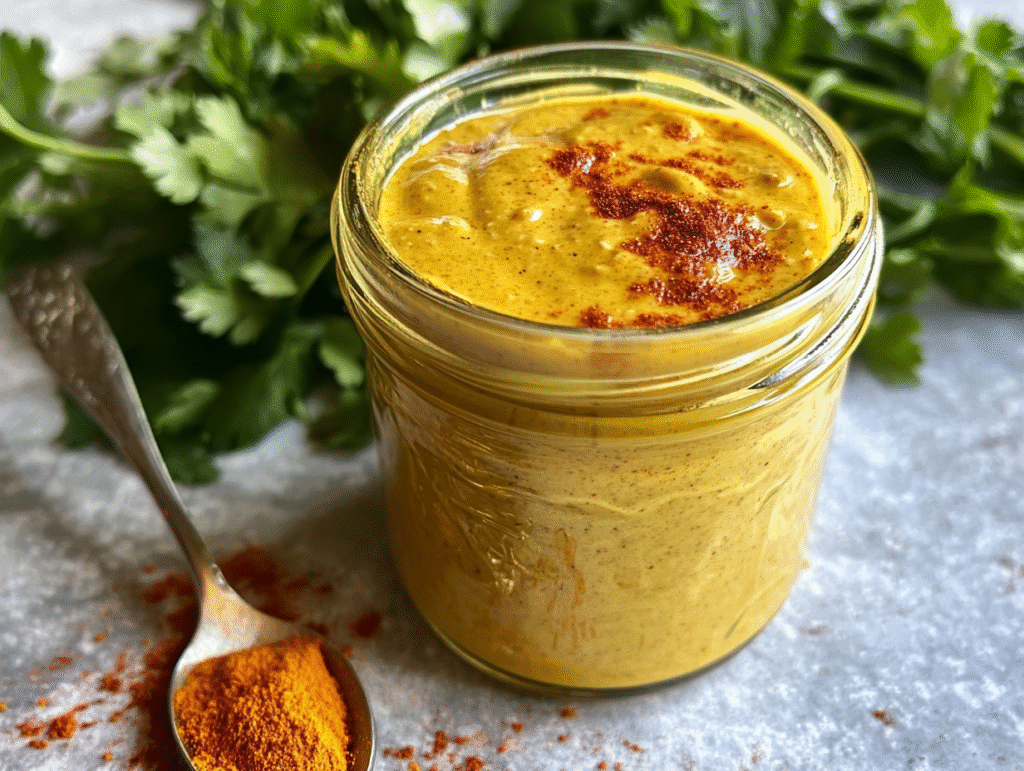Tired of making a healthy salad only to ruin it with a salty dressing? You’re not alone. Most store-bought dressings are loaded with sodium (even the ones that sound healthy).
If you’re managing kidney disease, high blood pressure, or just trying to cut back on salt, finding the right dressing can feel frustrating. But it doesn’t have to be.
In this guide, you’ll get simple homemade recipes, the best low-salt salad dressing brands you can trust, and expert tips to keep your meals full of flavor (not sodium).
Whether you prefer creamy or tangy, there’s something here for you.
Why Low Sodium Salad Dressing Matters
Salad dressings may seem like a small part of your meal, but they can sneak in a lot of sodium, fast. Just two tablespoons of regular dressing can have over 300 mg of sodium. That’s a big deal if you’re trying to stay within a daily limit of 1,500 to 2,300 mg.
If you’re living with chronic kidney disease (CKD), heart issues, or high blood pressure, extra sodium can cause fluid retention, increase blood pressure, and put added strain on your kidneys.
Choosing low-sodium dressings helps:
- Support better blood pressure control
- Reduce swelling and fluid buildup
- Make healthy meals truly heart- and kidney-friendly
It’s one simple change that makes a big difference to your health.
Store-Bought Low Sodium Salad Dressings Worth Trying
Sometimes you need something quick and ready to go—and that’s where store-bought low-sodium dressings can help.
These options are dietitian-approved and offer great flavor without overloading on salt. Most have 140 mg of sodium or less per serving, making them a smart choice for everyday meals.
Top Picks from Dietitians
These dressings are often recommended by renal dietitians and CKD experts:
- Annie’s Balsamic Vinaigrette – Tangy and rich, with no artificial ingredients.
- Bragg’s Oil-Free Vinaigrette – A heart-healthy, salt-conscious blend.
- Bragg’s Ginger & Sesame – Great for Asian-inspired salads.
- Cindy’s Kitchen Barcelona Vinaigrette – Bold, flavorful, and low in sodium.
- Ken’s Sweet Vidalia Onion – Slightly sweet with a soft, mellow taste.
- Field & Farmer Lemon Garlic Basil – Fresh and zesty with plant-based ingredients.
Amazon’s Best Low Sodium Dressings
| Product | Pros | Cons |
| Skinnygirl Sugar-Free Balsamic Vinaigrette | Low calorie, sugar-free, low sodium | Contains artificial sweeteners |
| BRIANNAS Organic Honey Ginger Vinaigrette | Organic ingredients, nice balance of sweet and tangy | Slightly higher in natural sugars |
| Maple Grove Farms Fat-Free Balsamic | Fat-free, mild taste, low sodium | Some may find flavor too light |
| Terrapin Ridge Farms Garlic Herb Vinaigrette | Bold flavor, clean ingredients | More expensive than average dressings |
| Hellmann’s Vegan Dressing & Spread | Creamy, plant-based, lower sodium than regular mayo | Higher in fat—best in moderation |
Tips for Buying Smart
Not every dressing labeled “light” or “healthy” is truly low in sodium. Here’s how to pick the right one when shopping:
- Check the label – Look for dressings with 140 mg of sodium or less per serving.
- Watch serving size – Many dressings list sodium per tablespoon, but most people use more.
- Avoid misleading terms – “Lite” or “fat-free” versions can sometimes have more salt to boost flavor.
- Go for vinaigrettes – These are usually lower in sodium than creamy dressings.
- Read the ingredients – Look out for MSG, potassium chloride, or hidden salts like soy sauce or bouillon.
- Try salt-free seasoning blends – These can help you add flavor if you’re mixing your own at home.
Easy Homemade Low Sodium Salad Dressings
Making your own dressing lets you control the ingredients, especially the sodium. These simple recipes are perfect for adding flavor without adding salt.
Creamy Italian Dressing (Kidney-Friendly)

This one’s great if you like creamy dressings but want to avoid bottled versions.
You’ll need:
- ½ cup mayonnaise
- ¼ cup sour cream
- 2 tbsp red wine vinegar
- 1 tsp lemon juice
- ¼ cup olive oil
- ½ tsp onion powder
- ¼ tsp garlic powder
- ¼ tsp Italian seasoning
- 2 tbsp chopped fresh parsley
- ¼ tsp dried basil
- 2 tbsp nutritional yeast
Steps:
- Add all ingredients into a bowl or jar.
- Whisk or shake well until fully mixed.
- Store in the fridge. Use within 2 weeks.
Sodium per serving: ~50 mg (2 tablespoons)
Simple Balsamic Vinaigrette

A classic, tangy low low-sodium vinaigrette dressing using pantry staples.
You’ll need:
- 3 tbsp balsamic vinegar
- ½ cup extra virgin olive oil
- ½ tsp black pepper
- ½ tsp garlic powder
- ¼ tsp onion powder
- 1 tsp Dijon mustard
- 1 tsp honey
Steps:
- Combine all ingredients in a small bowl or jar.
- Shake or whisk until smooth.
- Store in the fridge for up to 2 weeks.
Sodium per serving: ~10 mg (2 tablespoons)
Mustard Vinaigrette (Dietitian’s Go-To Base)

Simple, flexible, and great as a marinade too.
You’ll need:
- 2 tbsp stone ground mustard
- 1 tbsp rice vinegar (or any vinegar you like)
- 4 tbsp vegetable or olive oil
- Optional: chili powder, paprika, fresh herbs, or salt-free ranch seasoning
Steps:
- In a bowl or jar, mix mustard and vinegar.
- Slowly add oil while whisking to emulsify.
- Add optional seasonings to taste.
- Store in the fridge for 1–2 weeks.
Tip: For a lower-fat version, replace half the oil with low-sodium chicken broth.
Flavor Variations Without the Salt
Low sodium doesn’t mean low flavor. These ingredients help you switch things up without adding extra salt.
Vinegars That Add Depth
Changing the vinegar can change the whole taste of your dressing.
- Apple cider vinegar – Strong and tangy
- Rice vinegar – Milder, great for gentle flavors
- Balsamic vinegar – Naturally sweet and rich
- Fruit vinegars (like pear or raspberry) – Light and slightly sweet
Healthy Fats That Work Well
Good fats help balance acidity and make your dressing smooth.
- Olive oil – Classic and heart-healthy
- Avocado oil – Light, with a mild taste
- Tip: To cut fat, mix oil with low-sodium broth (like chicken or veggie)
Herbs, Spices, and Savory Add-ins
Build flavor without touching the salt shaker.
- Fresh herbs: parsley, basil, dill, thyme
- Dried spices: garlic powder, onion powder, black pepper
- Nutritional yeast: adds a cheesy, umami flavor
- Mustard: helps emulsify and adds tang
- Salt-free seasoning blends: like Mrs. Dash or homemade herb mixes
How to Store and Use Your Dressings
Homemade dressings don’t just taste better—they’re also easy to store and use in different ways.
Storage Tips
- Keep your dressing in a glass jar with a lid or a squeeze bottle.
- Store in the refrigerator right after making it.
- Most homemade dressings last about 1 to 2 weeks in the fridge.
- Give it a good shake before each use, as oil and vinegar may separate.
Ways to Use Them
- On salads – Add to leafy greens, pasta salads, or grain bowls.
- As a dip – Works great with raw veggies like carrots, cucumbers, and bell peppers.
- As a marinade – Use it on chicken, tofu, or fish for extra flavor.
- In wraps or sandwiches – A spoonful can add moisture and tang.
Low Sodium Dressing Tips for People with CKD
Disclaimer: This section is for informational purposes only and is not a substitute for medical advice. Always consult your doctor or registered dietitian before making changes to your kidney diet.
When you’re living with chronic kidney disease (CKD), food choices can feel overwhelming, especially when even small things like salad dressing matter. The wrong dressing can add unnecessary sodium, potassium, or phosphorus, all of which may impact your kidney function. But with a few smart choices, you can still enjoy flavorful meals that support your health.
What to Avoid
Many commercial dressings—especially creamy ones—are packed with ingredients that can stress your kidneys. Look out for:
- High-sodium options like ranch, blue cheese, and Caesar, which often have 300–500 mg of sodium per serving.
- Additives such as monosodium glutamate (MSG), potassium chloride, or phosphate preservatives, commonly used in “low sodium” or “diet” dressings.
- Dairy-heavy dressings, which may be high in phosphorus from ingredients like buttermilk, cheese, or milk solids.
- Low-fat or “lite” dressings often compensate for fat loss with extra salt or sugar.
What to Look For
Instead of cutting out dressings altogether, focus on choices that are both flavorful and kidney-friendly:
- Vinaigrettes made with olive oil and vinegar are a safe, flexible base.
- Homemade recipes allow full control over what goes in—no hidden additives, no extra salt.
- Seasonings like herbs, garlic powder, onion powder, and nutritional yeast add depth without harming your kidneys.
- Portion control matters too—keep servings to 1–2 tablespoons to stay within safe limits.
When in doubt, read the label or go homemade. A simple change in dressing can help protect your kidneys while keeping your meals enjoyable.
Summing up
Whether you go for a store-bought option or whip up your own at home, there are plenty of ways to keep flavor in and salt out.
Start small: try one new low-salt salad dressing this week and see how it fits your meals.
Helpful tip: When eating out, ask for dressings on the side and dip your fork into the dressing before each bite—this simple trick can cut sodium while still giving you flavor.
Your meals can be both healthy and satisfying with just a few mindful swaps. And when in doubt, homemade is always a safe and tasty bet.
Comment below and let us know how this blog helped you! For more such blogs, take a look at our website.

Sophie Monroe, a trained chef and culinary expert with a Culinary Arts diploma from the Culinary Institute of America, has over 10 years of professional cooking experience. Sophie provides tested recipes and trustworthy cooking advice to help readers create delicious meals with confidence.
